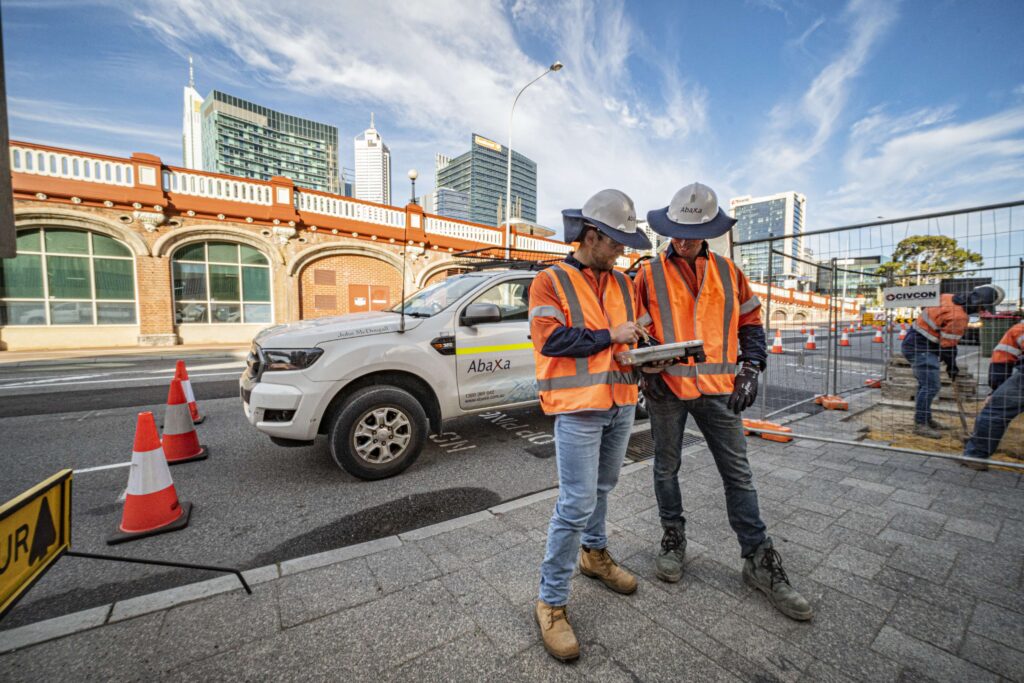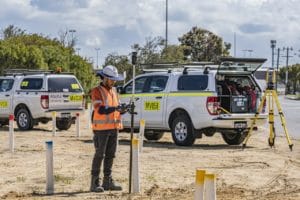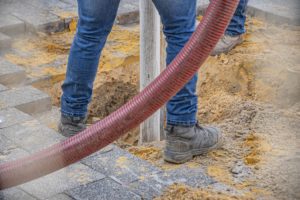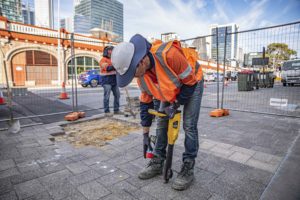If you undertake any type of construction or site work in Perth, there’s a good chance you’ll need to excavate part of the area. To strongly reduce the risk of damaging underground utilities, it’s recommended to use a vacuum excavation technique.
While vacuum excavation does reduce the level of risk, it won’t completely eliminate risk. You still need to employ an experienced vacuum excavation operator who can locate subsurface utilities and safely excavate around those utilities. An experienced vacuum operator will also follow WorkSafe and local government regulations to ensure all workers on site are kept safe.
Let’s take a step-by-step look at how to carry out a safe vacuum excavation.
Steps for a Safe Vacuum Excavation
The first step when performing a non-destructive vacuum excavation is to identify the location of all underground utilities in the excavation area. This is part of the pre-planning stage and is vitally important to the success of the operation. If you have a copy of the BYDA plans or internal drawings, be aware these are not always accurate. The only way to be sure you know where utilities are is to employ an experienced and accredited utility locator.
Utility location can detect a range of utilities including:
- Electric Cables
- Communications cables
- Gas & petroleum pipes
- Water (mains & domestic)
- Stormwater & council drains
- Sewerage pipes
- Irrigation
Once you’ve located and identified any underground utilities, you can begin the vacuum excavation. Using a combination of high-pressure water and a mobile vacuum unit, the soil and debris are safely removed. The water pressure is high enough to break up the soil but not strong enough to damage any structures underground. The size of the vacuum excavation unit will depend on the size of your excavation project.
To ensure the safety of your workers and the general public, a safe work zone should be set up around the excavation area with temporary fencing, traffic cones and other visible safety barriers.
During the vacuum excavation, a team will be monitoring the area for signs of instability or potential collapse. If any instability is detected, appropriate measures are immediately taken to stabilise the excavation area. This may involve shoring up the excavation walls or adding additional support to nearby structures.
When is it best to use a Vacuum Excavation?
Vacuum excavation is used when traditional excavation methods such as hand digging or mechanical excavation is not suitable or could cause damage to surrounding utilities.
Here are the five most common reasons to use a vacuum excavation:
- When working in a congested area with numerous underground utilities, such as Perth City Centre or near complex infrastructure projects. The risk of damaging buried utilities is high.
- Excavating near sensitive underground infrastructure such as telecommunication lines, gas lines, water mains and other critical infrastructure where any damage could cause significant safety issues, loss of service or environmental damage.
- Working in areas with limited access or space, such as on narrow streets, near buildings or on sites where there are physical barriers preventing the use of large excavation equipment.
- When working in environmentally sensitive areas, such as wetlands or areas with delicate ecosystems, where traditional excavation methods could cause significant environmental damage.
- If you’re excavating near historical or cultural sites, or sites with archaeological significance, excavation needs to be performed carefully and methodically to avoid damaging the site or losing any important artifacts.
What services to expect from a Vacuum Excavation Operator?
When you choose Abaxa to carry out your vacuum excavation, you’ll get the following services:
- Safety-first vacuum excavation
- Potholing of utilities
- Exposing utilities for accurate depth and survey recording
- Preparation for installation of power poles
- Geotechnical excavation assistance
- Slot trenching
- Preparation for sign and bollard installation
- Non-destructive excavation for utility installation
- Excavation under existing structures
- Excavation across conflicting services
- Excavation around tree roots where utility conflicts exist
- Pipeline tie-ins/maintenance
To find out more about safe vacuum excavation, contact Abaxa. Our team of excavation experts are fully qualified to identify and locate underground utilities and carry out a safe vacuum excavation.









